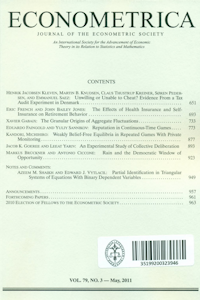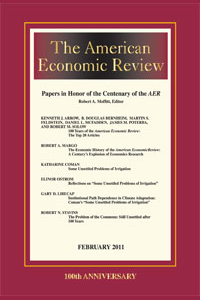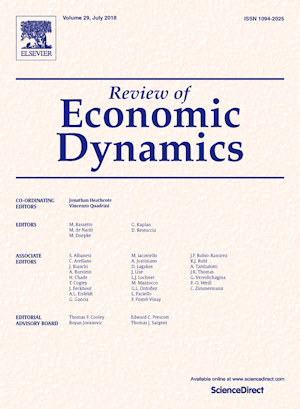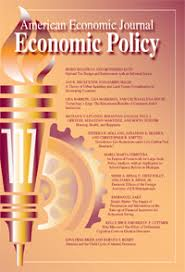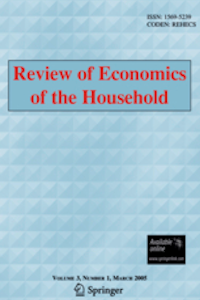
Rauh, C. and Renée, L.
How to measure parenting styles?
Review of the Economics of the Household
(2022)
Abstract: In this paper, we measure parenting styles through unsupervised machine learning in a panel following children from age 5 to 29 months. The topic model, which is a statistical model originally developed to discover the latent semantic structures in text, classifies parents into two parenting styles: “warm” and “cold”. Parents of the warm type tend to respond to children’s expressions in a supportive manner, while parents of the cold type are less likely to engage with their children in an encouraging manner. Warm parenting is more likely amongst educated and older mothers. Although styles reveal some persistence, the share of parents with a warm style decreases with the age of the child, in particular for boys. Children of warm parents achieve higher cognitive and non-cognitive scores at later ages. We find that the topic model estimated on different sample splits, such as by education or child age, reveal additional information while maintaining robust overall patterns.
Keywords: human capital, Inequality, Latent Dirichlet allocation, machine learning, Parenting styles
Author links: Christopher Rauh
Publisher's Link: https://doi.org/10.1007/s11150-022-09619-5 ![]()

